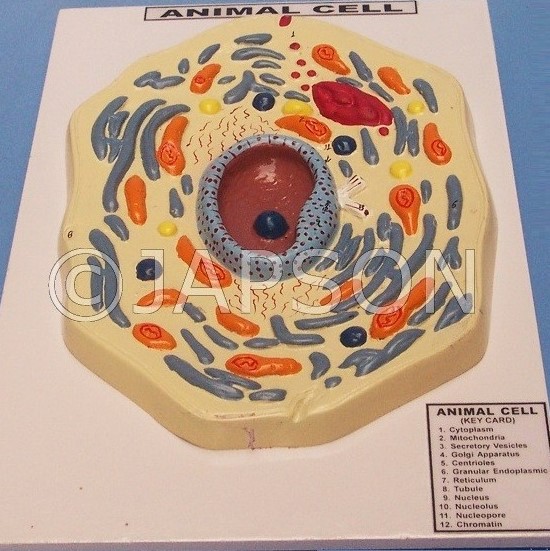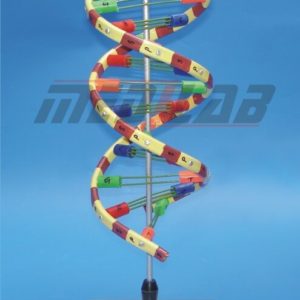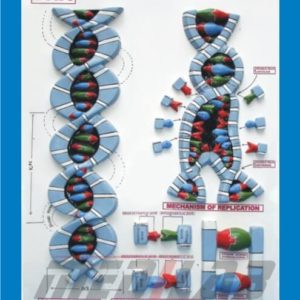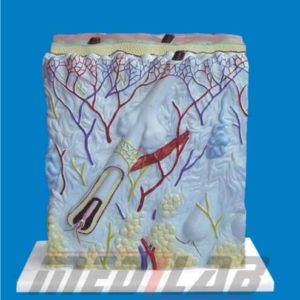Description
Animal Cell Model is a representation or simulation of the structure and components of an animal cell. It can take many forms, including physical models made of materials such as plastic, paper mache, or foam, as well as virtual models created using computer software.
Animal cell models are often used in education to help students understand the complex structure and function of animal cells. They can show the various organelles, such as the nucleus, mitochondria, endoplasmic reticulum, Golgi apparatus, and others, as well as their locations within the cell.
Animal cell models can also highlight important cellular processes, such as cell division and protein synthesis. Some models may even include interactive components that allow students to manipulate the model to see how different parts of the cell interact with each other.
In conclusion, animal cell models are educational tools that help students understand the complex structure and function of animal cells. By visualizing the different organelles and cellular processes, these models can provide students with a deeper understanding of the cell and its role in maintaining the health of the organism.







